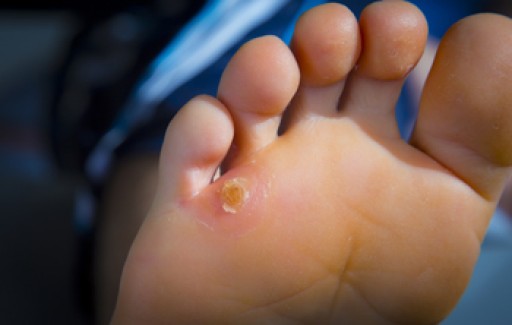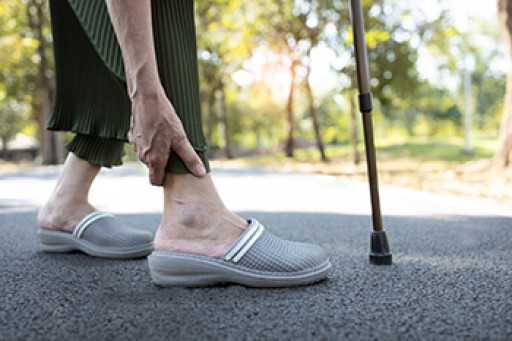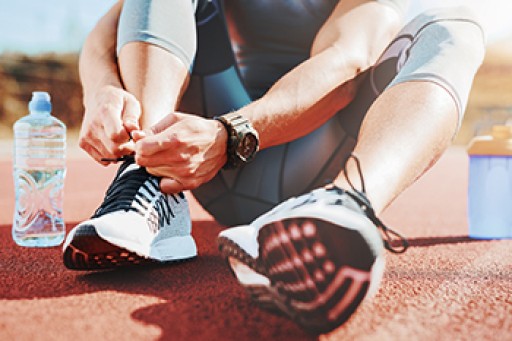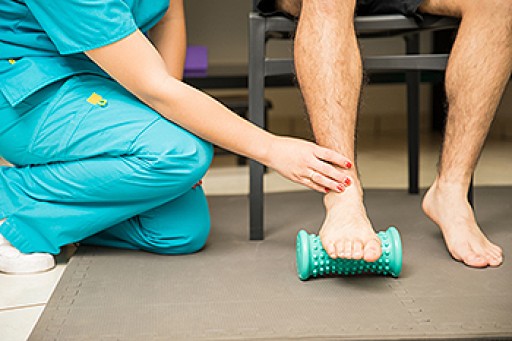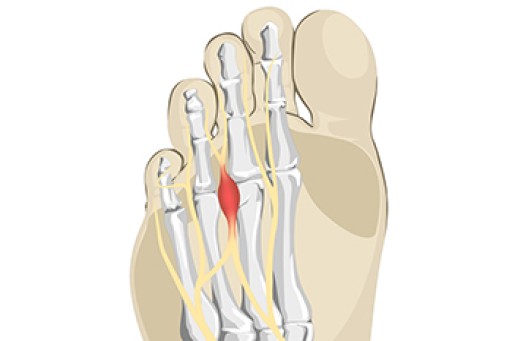
A corn is a small area of skin that hardens to protect the skin from excessive pressure that gradually forms on the foot from friction. This friction comes from wearing shoes or socks that do not fit correctly. A common place for a corn to develop is the side of the pinky toe. As small as it is, it can be extremely painful, and may make completing daily activities difficult to do. Additional reasons why a corn can appear may include standing for long periods of time, or if the feet are constantly sweaty. Corns that are found between the toes are referred to as soft corns, and are so named for the moisture that is found there. Seed corns develop on the soles of the feet, and are often found in clusters. Temporary relief may be found when a protective covering is worn over the corn, until a podiatrist is contacted. This is the type of doctor who can determine what the best course of treatment is, which may include surgery for permanent removal. If you have a corn on your foot, please consult with a podiatrist as quickly as possible who can effectively evaluate and treat the condition.
Corns can make walking very painful and should be treated immediately. If you have questions regarding your feet and ankles, contact one of our podiatrists of Associates in Podiatry, PC. Our doctors will treat your foot and ankle needs.
Corns: What Are They? And How Do You Get Rid of Them?
Corns are thickened areas on the skin that can become painful. They are caused by excessive pressure and friction on the skin. Corns press into the deeper layers of the skin and are usually round in shape.
Ways to Prevent Corns
There are many ways to get rid of painful corns such as:
- Wearing properly fitting shoes that have been measured by a professional
- Wearing shoes that are not sharply pointed or have high heels
- Wearing only shoes that offer support
Treating Corns
Although most corns slowly disappear when the friction or pressure stops, this isn’t always the case. Consult with your podiatrist to determine the best treatment option for your case of corns.
If you have any questions please feel free to contact our offices located in Pittsburgh-South Hills, and Pittsburgh-Bellevue, PA . We offer the newest diagnostic and treatment technologies for all your foot and ankle needs.
